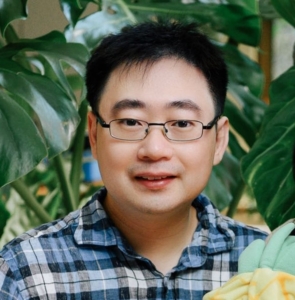Multiple Sensor-head Phase-sensitive Optical Time-domain Laser Vibrometer
We propose a hybrid remote and distributed vibration sensing system based on phase-sensitive optical time-domain reflectometry with collimator-based sensor heads. We demonstrate dual-laser vibrometers that detects nm-scale displacements of remote targets.


